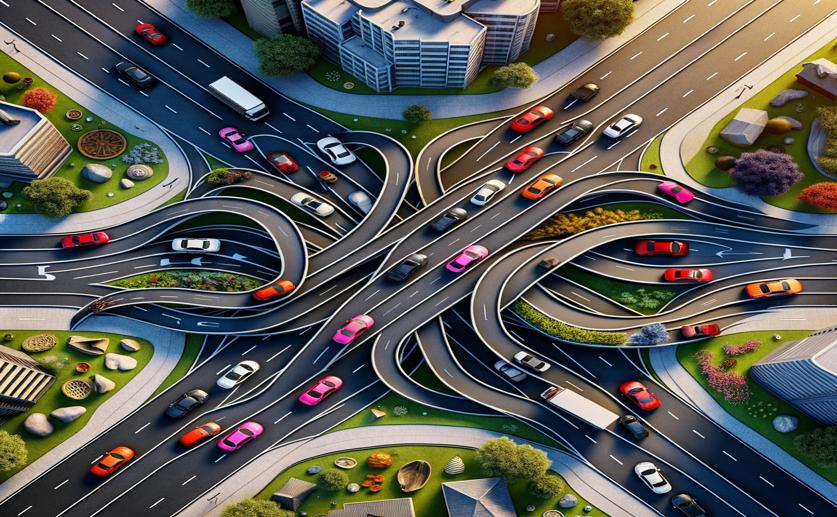
How Behavior Affects Road Choices
Jim Crocker
28th May, 2024

Image Source: Natural Science News, 2024
Key Findings
- The study took place in Monte León National Park, Argentina, focusing on guanaco behavior near roads
- Guanacos forage near highways due to increased vegetation productivity from road runoff
- Despite foraging near highways, guanacos avoid crossing them, indicating highways are significant barriers to movement
References
Main Study
1) Behavioral state-dependent selection of roads by guanacos
Published 27th May, 2024
https://doi.org/10.1007/s10980-024-01909-w
Related Studies
2) Permeability of roads to movement of scrubland lizards and small mammals.
3) Guanacos and sheep: evidence for continuing competition in arid Patagonia.
4) Ecological drivers of guanaco recruitment: variable carrying capacity and density dependence.
5) Migratory animals couple biodiversity and ecosystem functioning worldwide.



 12th March, 2024 | Jim Crocker
12th March, 2024 | Jim Crocker